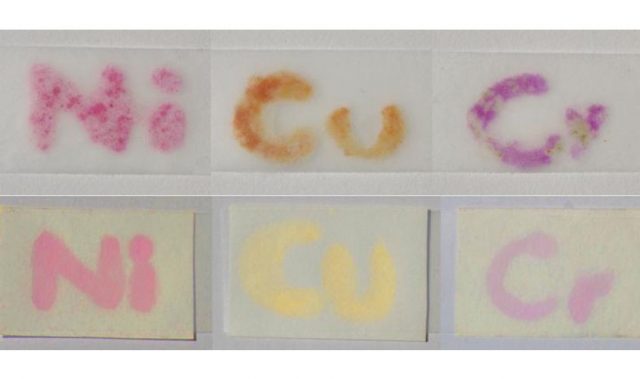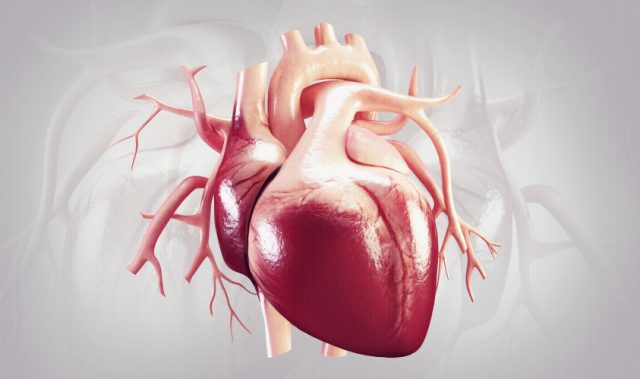
AsianScientist (Oct. 9, 2015) – Materials scientists have created an ‘instruction manual’ for developing metallic glass—an ultra-tough yet flexible alloy described as the most significant materials science innovation since plastic. Their results have been published in Nature Communications.
Just like something from science fiction—think of the Liquid-Metal robot assassin in the Terminator films—these materials behave more like glass or plastic than metal.
While still being metals, they become as malleable as chewing gum when heated and can be easily molded or blown like glass. They are also three times stronger and harder than ordinary metals, on average, and are among the toughest materials known.
“They have been described as the most significant development in materials science since the discovery of plastics more than 50 years ago,” says study author, Dr. Kevin Laws from the University of New South Wales (UNSW).
Most metals are crystalline when solid, with their atoms arranged in a highly organised and regular manner. Metallic glass alloys, however, have a highly disordered structure, with the atoms arranged in a non-regular way.
“There are many types of metallic glass, with the most popular ones based on zirconium, palladium, magnesium, titanium or copper. But until now, discovering alloy compositions that form these materials has required a lengthy process of trial and error in the laboratory,” says Laws.
In the present study, Laws and his colleagues describe the first model of the atomic structure of metallic glass, which allows scientists to predict the metal combinations that will have glass-forming ability.
They have used their model to successfully predict more than 200 new metallic glass alloys based on magnesium, silver, copper, zinc and titanium in the past few years.
“With our new instruction manual we can start to create many new useful metallic glass-types and begin to understand the atomic fundamentals behind their exceptional properties. We will also be able to engineer these materials on an atomic scale so they have the specific properties we want,” says Laws.
“Metallic glass alloys are expensive to manufacture and to date have only been used in niche products, such as ejector pins for iPhones, watch springs for expensive hand-wound watches, trial medical implants, and tennis racquets and golf clubs. They are also planned for use in the next Mars rover vehicle.”
“But if they become easier and cheaper to make, they could be widely used in many applications including as exceptionally strong components in personal electronic devices, in space exploration vehicles, and as hydrogen storage materials in next generation batteries.”
The article can be found at: Laws et al. (2015) A Predictive Structural Model for Bulk Metallic Glasses.
———
Source: University of New South Wales.
Disclaimer: This article does not necessarily reflect the views of AsianScientist or its staff.












